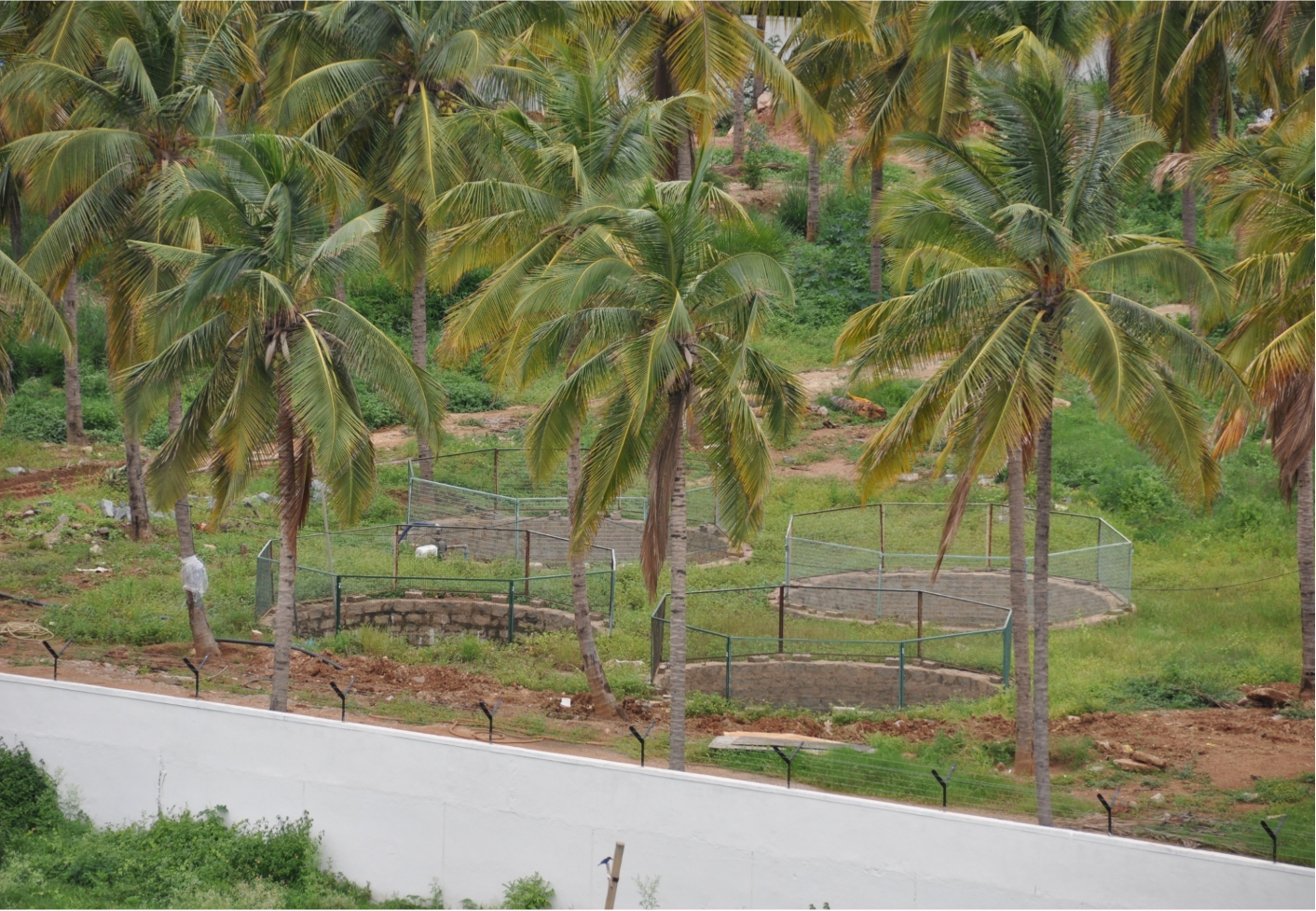
Himalaya initiated rainwater harvesting in the year 2000, significantly contributing to water conservation and sustainability. At our Makali campus in Bengaluru, India, rainwater is effectively connected through a network of trenches that channel the water in 15 rechargeable pits and eight wells, enabling efficient ground water replenishment and sustainable water management.
This system captures roof runoff rainwater with a storage capacity of 500,000 liters. The set up contributes to an annual saving of 10,800,000 liters of water and effectively reduces dependency on ground water. This translates to saving 54 million glasses of water.
The system ensures efficient ground water replenishment, reducing dependency on external water sources. As a result, the campus meets its daily freshwater requirement of 319,000 liters using two borewells. These efforts have eliminated water scarcity, even during peak summer months, positively impacting the ecosystem.

